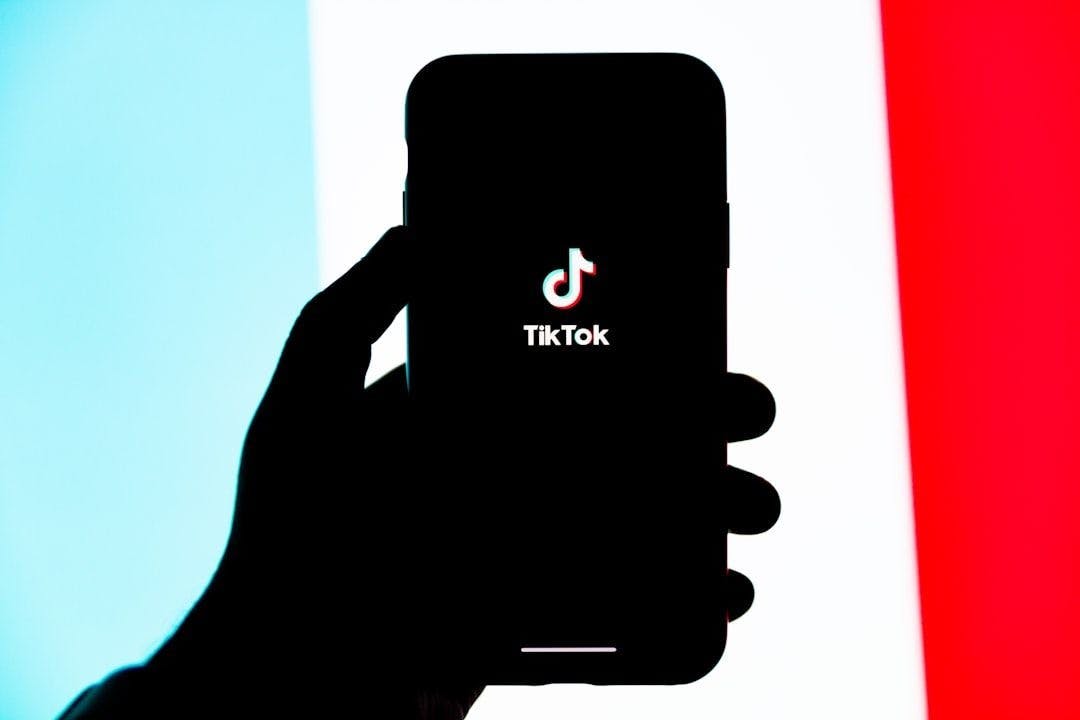Tiktok Inc., and ByteDance LTD., v. Merrick B. Garland Update Court Filing, retrieved on May 7, 2024, is part of HackerNoon’s Legal PDF Series. You can jump to any part in this filing here. This part is 4 of 11.
C. A Divestiture that Severs TikTok’s U.S. Operations From the Rest of the Globally Integrated TikTok Business Is Not Commercially, Technologically, or Legally Feasible.
26. The Act purports to allow Petitioners to avoid a ban by executing a “qualified divestiture.” Sec. 2(c). But that alternative is illusory because, as Petitioners have repeatedly explained to CFIUS, the divestiture of the TikTok U.S. business and its severance from the globally integrated platform of which it is an integral part is not commercially, technologically, or legally feasible.
27. First, a standalone U.S. TikTok platform would not be commercially viable. TikTok and its competitors are globally integrated platforms where content created in one country is available to users in other countries. Indeed, a substantial part of TikTok’s appeal is the richness of the international content available on the platform — from global sporting events like the Olympics to international K-pop stars from South Korea, as well as videos created by U.S. creators and enjoyed by audiences worldwide. A divestment of the U.S. TikTok platform, without any operational relationship with the remainder of the global platform, would preclude the interoperability necessary to make international content seamlessly available in the U.S. market and vice versa. As a result, the U.S. TikTok platform would become an “island” where Americans would have an experience detached from the rest of the global platform and its over 1 billion users. Such a limited pool of content, in turn, would dramatically undermine the value and viability of the U.S. TikTok business.[4]
28. Second, precipitously moving all TikTok source code development from ByteDance to a new TikTok owner would be impossible as a technological matter. The platform consists of millions of lines of software code that have been painstakingly developed by thousands of engineers over multiple years. Although much of this code is basic infrastructure for running the global TikTok platform and has nothing at all to do with TikTok’s recommendation algorithm, the statute requires that all of this code be wrested from Petitioners, so that there is no “operational relationship” between ByteDance and the new U.S. platform. Specifically, to comply with the law’s divestiture requirement, that code base would have to be moved to a large, alternative team of engineers — a team that does not exist and would have no understanding of the complex code necessary to run the platform. It would take years for an entirely new set of engineers to gain sufficient familiarity with the source code to perform the ongoing, necessary maintenance and development activities for the platform. Moreover, to keep the platform functioning, these engineers would need access to ByteDance software tools, which the Act prohibits. Such a fundamental rearchitecting is not remotely feasible on anything approaching the 270-day timeframe contemplated by the Act.
29. Third, the Chinese government has made clear that it would not permit a divestment of the recommendation engine that is a key to the success of TikTok in the United States. Like the United States,[5] China regulates the export of certain technologies originating there. China’s export control rules cover “information processing technologies” such as “personal interactive data algorithms.”[6] China’s official news agency has reported that under these rules, any sale of recommendation algorithms developed by engineers employed by ByteDance subsidiaries in China, including for TikTok, would require a government license.[7] China also enacted an additional export control law that “gives the Chinese government new policy tools and justifications to deny and impose terms on foreign commercial transactions.”[8] China adopted these enhanced export control restrictions between August and October 2020, shortly after President Trump’s August 6, 2020 and August 14, 2020 executive orders targeting TikTok. By doing so, the Chinese government clearly signaled that it would assert its export control powers with respect to any attempt to sever TikTok’s operations from ByteDance, and that any severance would leave TikTok without access to the recommendation engine that has created a unique style and community that cannot be replicated on any other platform today.
Continue Reading Here.
About HackerNoon Legal PDF Series: We bring you the most important technical and insightful public domain court case filings.
This court case retrieved on May 7, 2024, from sf16-va.tiktokcdn.com is part of the public domain. The court-created documents are works of the federal government, and under copyright law, are automatically placed in the public domain and may be shared without legal restriction.
[4] The contemplated qualified divestiture would also undercut the important role currently played by American voices in the global conversation ongoing on TikTok.
[5] For example, the U.S. Department of Commerce has issued restrictions on the export to China of advanced chips that can be used to train artificial intelligence models. E.g., Implementation of Additional Export Controls: Certain Advanced Computing Items; Supercomputer and Semiconductor End Use; Updates and Corrections, 88 Fed. Reg. 73458 (Oct. 25, 2023) (to be codified at 15 C.F.R. § 732.2 et seq.).
[6] See Karen M. Sutter, Cong. Rsch. Serv., IN11524, China Issues New Export Control Law and Related Policies 2 (2020).
[7] Paul Mozur, Raymond Zhong & David McCabe, TikTok Deal Is Complicated by New Rules From China Over Tech Exports, N.Y. Times (Aug. 29, 2020), https://perma.cc/L6RB-CTT9.
[8] Sutter, supra n.6.
Lead image by Solen Feyissa on Unsplash

